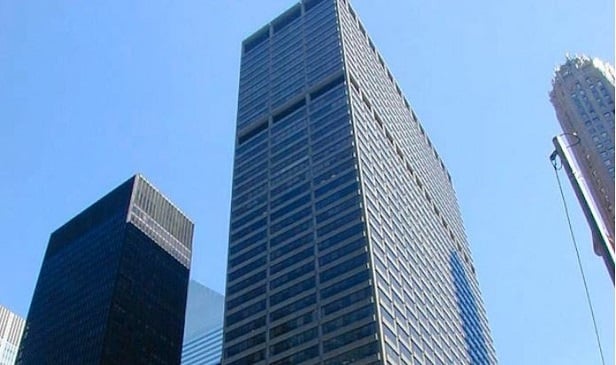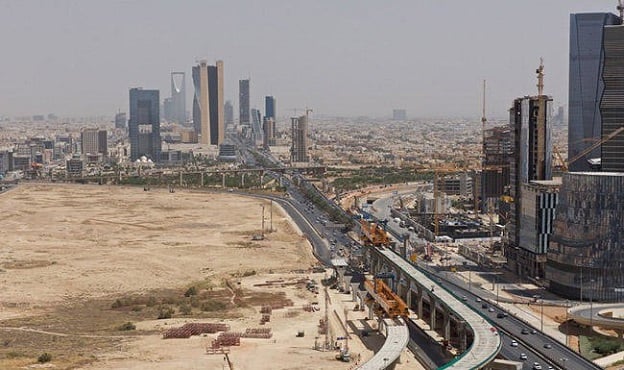
The clearest indicator would be China's five-year plan, calling for a 20% reduction in carbon emissions by 2010, reported Stanley CT Yip, director of planning and development for Arup, in a session on how to implement sustainable development. The stakes of course, are huge, and Yip indicated that the country's solar panel-application area is equal to 75% of the world's total and is growing at a rate of roughly 35% annually.
But to sustain sustainability, new financing models are called for, he went on to say, and "local governments have to look at financing infrastructure projects." He also called for "incentive mechanisms" to encourage development.
But the marketplace might be providing its own incentives, as Jane Murray, head of Asia Pacific research for Jones Lang LaSalle, pointed out. In a session focused on the risks and rewards of sustainable development, Murray cited a joint JLL/CoreNet study that indicated that the time is clearly right. Some two-thirds of respondents to the survey said that they'd pay a premium for space in a green building, but as many as half indicated that the availability of such space in China is severely limited or non-existent.
Randolph Lyon, senior director of Sama Dubai, indicated that there is much to lose by not bowing to the need for green buildings. Corporate sustainability is at risk since refusing to commit to green will cost resources, specifically human resources, he stated. There are regulatory risks as well, since "at some point in the development process you will find yourself at the desk of the environmental-protection person." Finally, he stated, there is the "risk of the marketplace."
Murray summed it up best, however: "For developers in Asia, the key message is build green and they will come."
© Touchpoint Markets, All Rights Reserved. Request academic re-use from www.copyright.com. All other uses, submit a request to [email protected]. For more inforrmation visit Asset & Logo Licensing.







